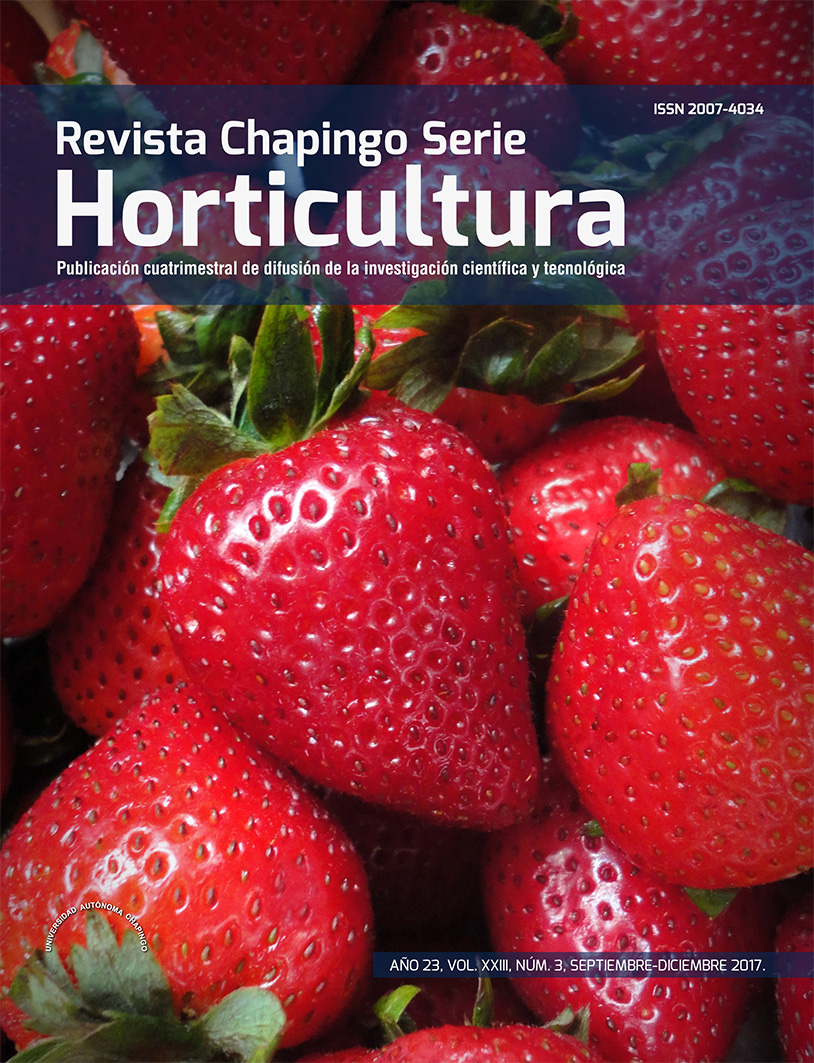Due to population growth, scarce arable area and environmental problems, the need to increase agricultural production leads to the use of intensive production systems such as hydroponics and greenhouses. The aim of this study was to evaluate the behavior of agronomic management in varieties of tomato (Solanum lycopersicum L.), in particular the yield and its components in plants blunted or cut back to two and three clusters, established at different population densities. The varieties studied were: ‘Imperial’ (beef type), ‘Moctezuma’ (saladette type), ‘Pick ripe’ (beef type) and ‘Serengueti’ (saladette type). The first two show indeterminate growth and the other two determinate. Three population densities were established per blunting level (20, 16 and 12 plants∙m-2 for plants blunted above the second inflorescence, and 13, 10 and 7 plants∙m-2 for those blunted above the third inflorescence). A randomized complete block design was used with four replicates and a split-plot treatment arrangement with nested factors (densities within blunting levels). The beef varieties yielded 37 % more than the saladette ones. Among varieties with the same type of fruit, ‘Imperial’ yielded more than ‘Pick ripe’ and ‘Moctezuna’ surpassed ‘Serengueti’; that is, the indeterminate varieties yielded more than the determinate ones. The highest yield of ‘Imperial’ (38.16 kg∙m-2 of cultivated area, equivalent to 25 kg∙m-2 of greenhouse area) and ‘Moctezuma’ (28.16 kg∙m-2 of cultivated area, equivalent to 18.7 kg∙m-2 of greenhouse area) was achieved by establishing 13 plants∙m-2 and blunting above the third inflorescence.


